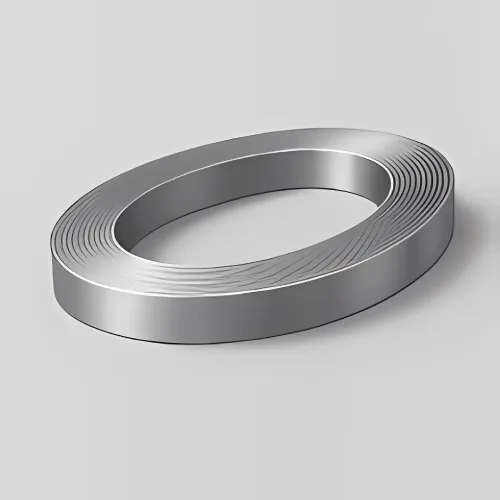
420 Stainless Steel Strip
Keywords: 420,
Standard: ASTM, AISI, DIN, EN, GB, JIS
Technique: Hot Rolled/Cold Rolled/Galvnized
Processing Service: Welding, Punching, Cutting
Available Size Range: Click here
Volume: 0
Get A Quote
Keywords: 420,
Standard: ASTM, AISI, DIN, EN, GB, JIS
Technique: Hot Rolled/Cold Rolled/Galvnized
Processing Service: Welding, Punching, Cutting
Available Size Range: Click here
Volume: 0
Get A Quote| Region | Standard | Grade |
|---|---|---|
| USA | ASTM A240 | UNS S42000 |
| Europe | EN 1.4021 | X20Cr13 |
| Japan | JIS SUS420J1 | - |
| China | GB 20Cr13 | - |
| Element | Cr | C | Mn | Si | P | S | Fe |
|---|---|---|---|---|---|---|---|
| Content | 12–14% | 0.15–0.40% | ≤1.0% | ≤1.0% | ≤0.040% | ≤0.030% | Balance |
Hardness & Wear Resistance: Achieves 50–55 HRC after heat treatment, outperforming 410 in edge retention.
Moderate Corrosion Resistance: Resists organic acids, steam, and mild chemicals (not suitable for marine use).
Machinability: Pre-hardened strips (28–32 HRC) allow efficient CNC or stamping operations.
Heat Treatability: Oil or air quenching enables tailored hardness-toughness balance.
| Condition | Tensile Strength | Yield Strength | Elongation | Hardness |
|---|---|---|---|---|
| Annealed | 655 MPa | 345 MPa | 20% | 200 HB |
| Hardened & Tempered | 1.720 MPa | 1.380 MPa | 8% | 50–55 HRC |
Surgical-Grade Precision: Meets ASTM F899 for reusable scalpels and dental tools.
Cost vs. Performance: 30% lower cost than 440C with 85% of its edge retention.
Surface Flexibility: Available in polished (Ra ≤0.4 µm), bead-blasted, or TiN-coated finishes.
Plastic Molding Mastery: Resists abrasive glass-filled polymers without galling.
Medical: Surgical forceps, biopsy punches, orthopedic rasps.
Food Processing: Meat dicer blades, dough cutter rollers, packaging knives.
Defense: Firearm bolts, bayonet components, tactical knife blanks.
Industrial: Textile cutter bars, printing press blades, bearing races.
Consumer: Razor blades, garden shear plates, luxury watch cases.
Heat Treatment Guidelines
Annealing: Heat to 840–900°C, slow cool at 25°C/hour to 600°C.
Hardening: Quench from 980–1.050°C in oil/air, then temper at 150–400°C (higher temps for toughness).
Stress Relieving: 250–300°C for 1–2 hours post-machining.
Frequently Asked Questions
Q1: How does 420 compare to 440C?
A1: 440C has higher carbon (0.95–1.20%) and chromium (16–18%) for extreme edge retention (58–62 HRC) but is less economical for bulk production.
Q2: Can 420 strips be welded?
A2: Yes, but preheat to 200–300°C and use AWS ER410 filler. Post-weld annealing is recommended to restore corrosion resistance.
Q3: Is 420 suitable for dishwasher use?
A3: Limited. Prolonged exposure to chlorinated detergents may cause pitting—passivate with nitric acid for improved performance.
Q4: What’s the optimal finish for FDA compliance?
A4: Electropolished (Ra ≤0.5 µm) or BA finish meets FDA 21 CFR 175.300 for indirect food contact.
Q5: How to prevent rust in humid environments?
A5: Apply silicone-based dry-film lubricants or specify 420F (free-machining variant with added sulfur).
Products
Phone